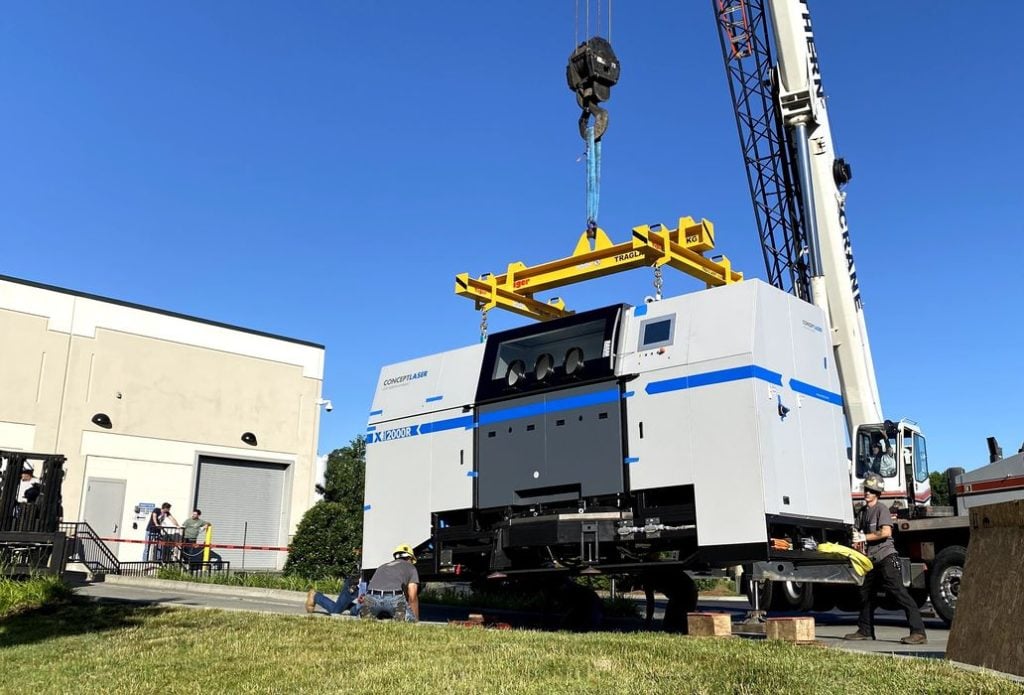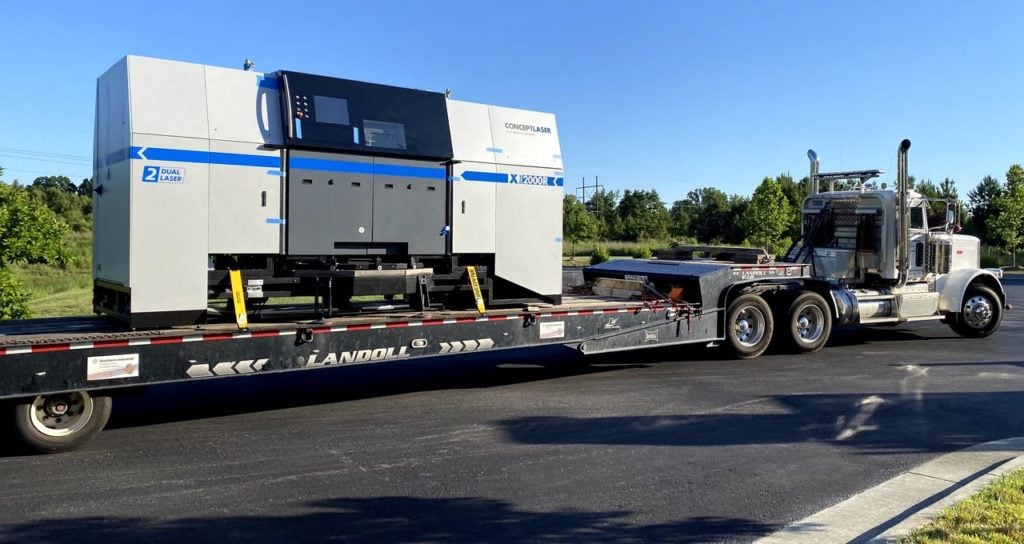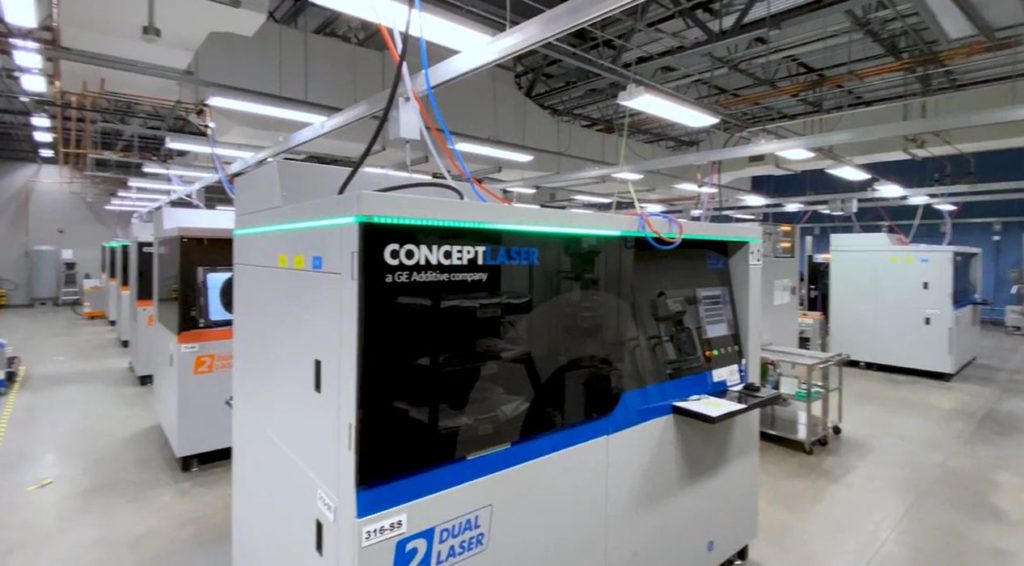
Protolabs announced the addition of another giant metal 3D printer.
The rapidly growing manufacturing service is one of the largest publicly traded 3D print companies in the world, according to our weekly tracker. They offer not only advanced 3D printing capability, but also injection molding, CNC machining and sheet metal fabrication.
Like any competent service, Protolabs offers a wide range of 3D print services to cover off as many scenarios as possible, including SLA, MJF, SLS, PolyJet, DLS and DMLS.
The DMLS process at Protolabs has been served by GE Additive, which produces several lines of metal 3D printers. Previously, Protolabs had acquired a massive GE Additive X Line 2000R device, billed by GE Additive as “world’s largest metal laser melting machine for the toolless manufacture of large functional parts and technical prototypes with repeatable material properties”.
This machine has a build volume of 800 x 400 x 500 mm, and uses twin 1kW fiber lasers. It is certified for the following metal powders:
- Aluminum AlSi10Mg
- Titanium Ti6AL4V Grade 23
- Nickel 718
- Stainless Steel 316L
- Cobalt CoCrMo
This machine uses a closed-loop approach for real-time quality management, and includes dual build chambers for increased throughput. As one chamber is being built, the other chamber can cool and begin post-processing. You can see how this works in this short video from GE Additive:
Now Protolabs announced that as of late May they’ve obtained a second massive GE Additive X Line 2000R device to double capacity for large-format metal 3D prints.

Large-format metal 3D printers are an expensive proposition, and Protolabs would not be acquiring them unless they are certain there will be demand to keep these machines busy. The fact that they now have TWO of them suggests there is rapidly increasing demand for such parts.
Where is this demand coming from? I suspect it’s mostly from the aerospace industry, where it’s now becoming the norm for rocket engines to be 3D printed. This approach produces a more reliable engine that can be dramatically less weight.

However, larger rockets require larger 3D printers to fit the entire part into the build chamber. The idea is to avoid seams by 3D printing the entire part at once, saving assembly time and weight, but also increasing reliability by eliminating features like seams where failures could occur.
This is but one industrial area that is becoming dominated by 3D print technologies. With the increasing availability of large-format 3D printers such as those at Protolabs, the opportunity now falls to part designers in other industries who can take similar advantage of the technology.
Via Protolabs
